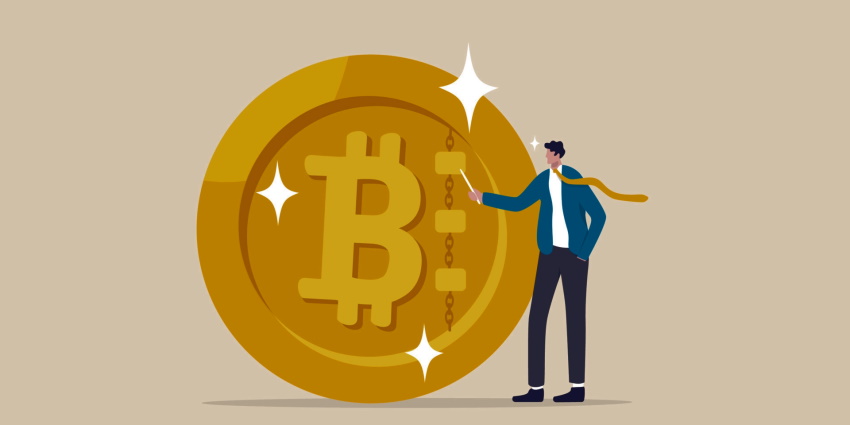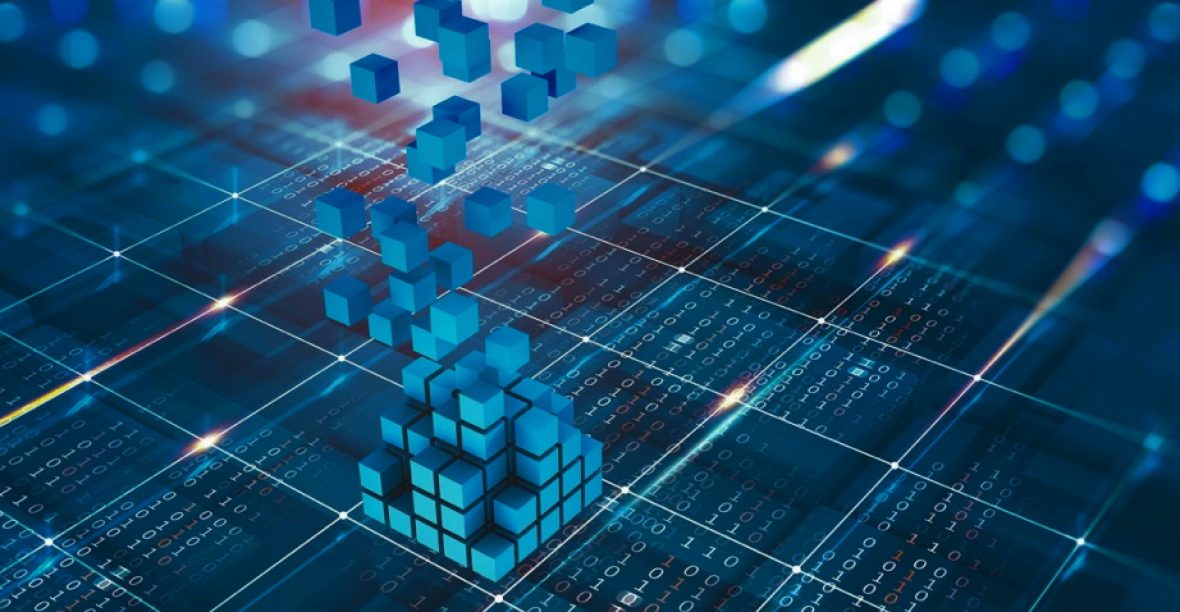Blockchain is a system for storing data in a way that makes hacking, system changes, and cheating difficult or impossible. A blockchain is simply a network of computer systems that distributes and duplicates a digital ledger of transactions across the entire network. By the article “How Blockchain is Reshaping the Education System,” you can learn the benefits of blockchain in the education field:
Smart Contracts for Assignments and Courses
Blockchains frequently use smart contracts. Blockchain can revolutionize the education system through smart contracts. This can assist educators in developing blockchain-based lessons and courses. After the prerequisite prerequisites have been satisfied, the course will automatically begin teaching and can then go at its own pace. Students and teachers may both sign a smart contract that specifies the requirements of an assignment, as well as the due date and the deadline for grading.

Degrees, Transcripts and Administration
Recent events are compiled into a timeline using blockchain’s immutable ledger technology. Giving a complete report card, monitoring attendance, and informing students and stakeholders of progress can all be accomplished with this. Students can turn in their assignments using blockchain without worrying about losing them. Also, students can acquire their diplomas and certificates digitally rather than on paper. Blockchain technology could transform the education sector into a high quality sector through its features. The advantages of digital certificates and degrees include their convenience, organization, and lack of burden.
Education Incentivization
Tokenization and cryptocurrency are two of the most significant use cases for blockchain technology. Academic institutions will be allowed to reward students who pay off their student loans on schedule. Also, the teaching-learning process may be permanently changed by the gamification component of the tokenization teaching method.

Making Fee Payments More Simple
Education payments for students are a difficult and drawn-out process. The parties involved include students, parents, banks, foundations or governmental agencies for scholarships, lenders, and other university departments. However, the use of blockchain can simplify this process, resulting in cheaper administrative costs and perhaps even tuition rates.
Reduced Costs and Universal Access
In addition to promoting lifelong learning, blockchain technology can provide universal access to publicly available, freely usable, and redistributable educational resources, such as books, podcasts, and movies. Thanks to blockchain technology, these resources may be affordably and securely shared on a public network. Blockchain also enables distant students to take courses and tests digitally and teachers to grade students directly on the blockchain.
Hence, these are the impacts of blockchain on the education system. The future of education – harnessing the potential of blockchain technology by implementing its features.



